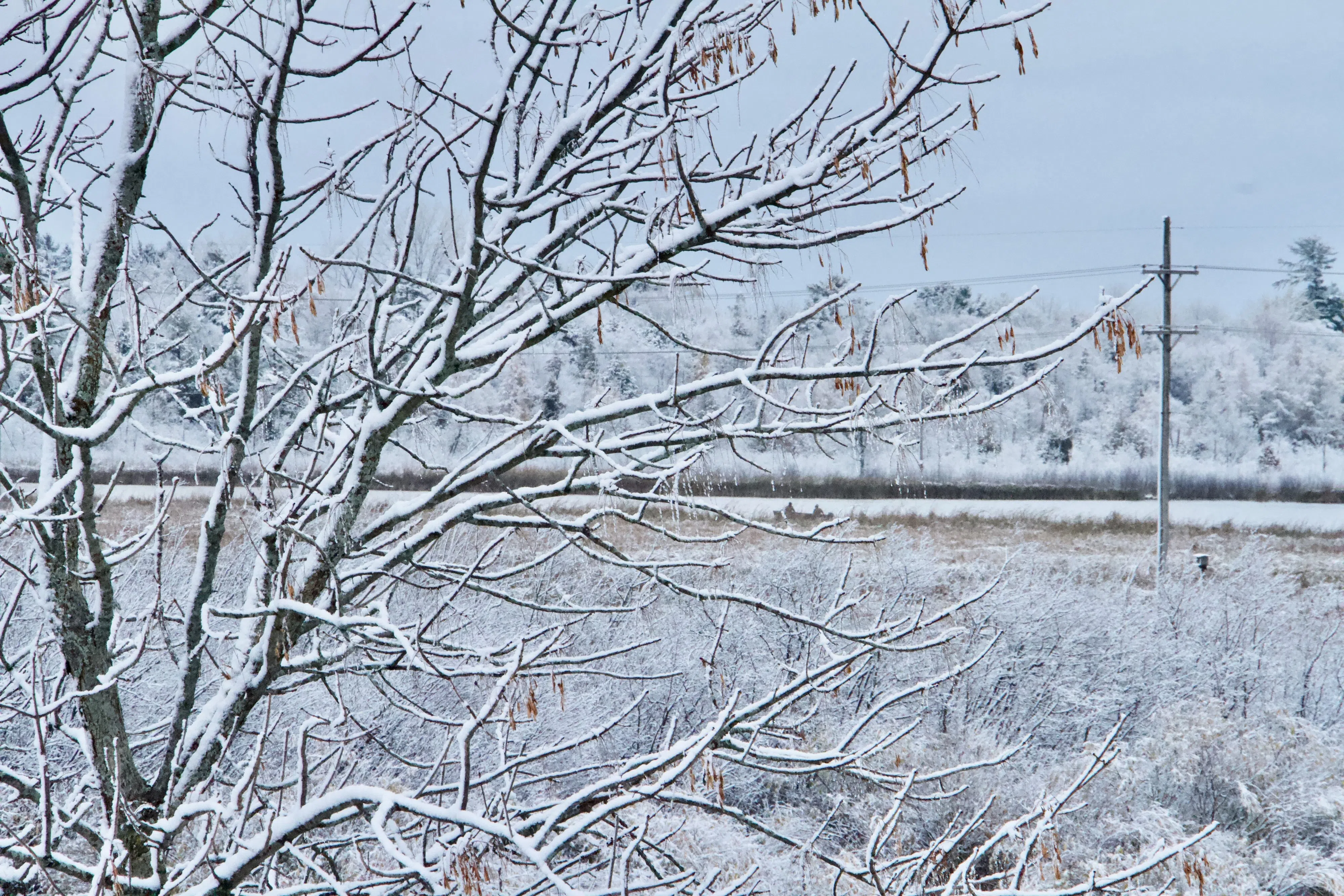Ripples from the Archives submitted by Nancy Nabak, communication coordinator
This week’s Ripples is an excerpt from the Winter 2003 Dunesletter Field Notes, written by Jim Knickelbine, then Director of Finance and Naturalist. Learn how nature prepares for winter.
“As we button up ourselves and our homes for winter, I think about the many different strategies our fellow creatures employ to survive this cold, dry time of year, and how some of those preparations began many months ago. Those creatures that can’t make or find enough food must either migrate or reduce their consumption through some kind of dormancy.
Deciduous trees make too little food in the low light of winter and lose too much water to make maintaining their leaves profitable – it’s better for them to start over in spring (although root growth can occur for much of the year). The trees we term evergreen, although they regularly replace their leaves, have a waxy coating that reduces moisture loss, and permits food production when conditions are favorable.
Animals have various kinds of dormancies. When rescuing our goldfish from a small outdoor pond, I found a leopard frog in a dormant state at the bottom. It appeared to be covered with a milky substance, which may have been very fine silt. Brought inside, and very gradually warmed up to room temperature, it returned to an active state. It is now a winter resident at the Nature Center and will be released after our spring wetland program.
Not all frogs spend the winter in a watery repose. Wood and gray tree frogs burrow under the ground layer of leaves or just below the surface of the soil. Their livers produce large amounts of glycogen (a form of glucose), which is rapidly pumped throughout their bodies. This process is triggered when ice crystals start to form in their feet and prevents cell damage due to freezing. The amount of glycogen in their cells, which would be fatal to us, allows these frogs to literally freeze solid and still survive.
… My yard seems to come to life in winter. During snowless months, I am only vaguely aware of nighttime activity outside my door: frogs singing in spring, an occasional owl, perhaps coyotes, certainly crickets. But come the first snowfall, I’m amazed at the number of deer mice, cats (I don’t remember actually seeing any cats lately), and possum crisscross the yard each nightwhile I snooze unaware! After daybreak, birds, squirrels, beagles, and my own nestlings add their prints to the ever more tangled web in the snow. Then, a fresh dusting and the pallet is ready for a new design. The dead of winter is anything but that – I tip my hat to all those who survive the season outside without one!”













